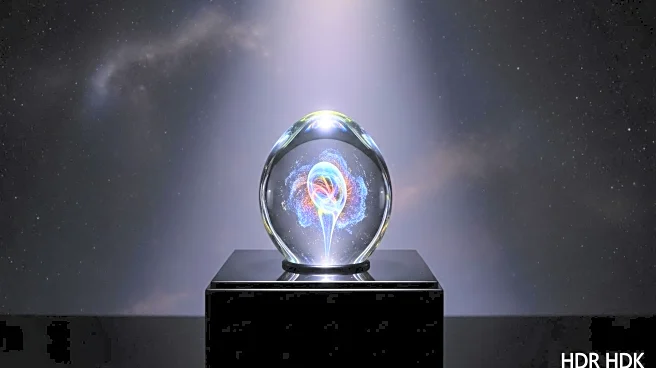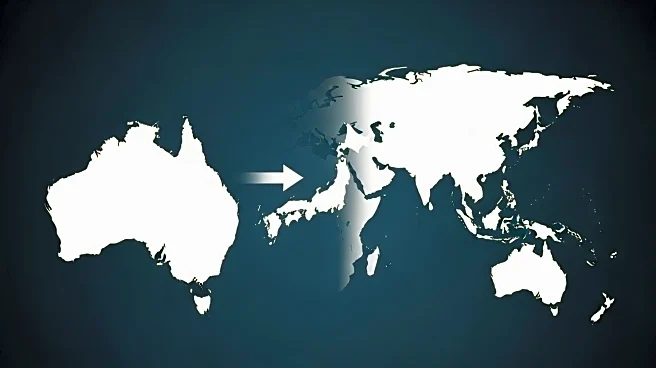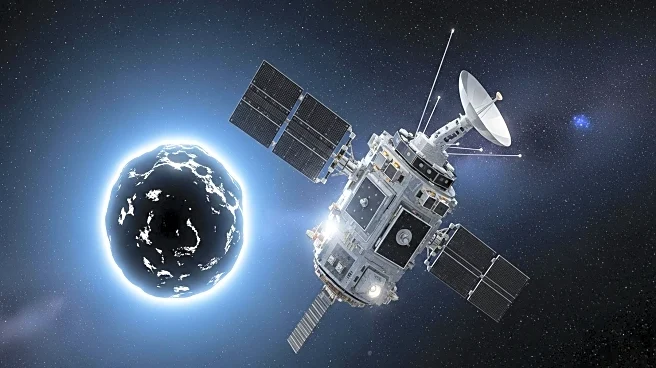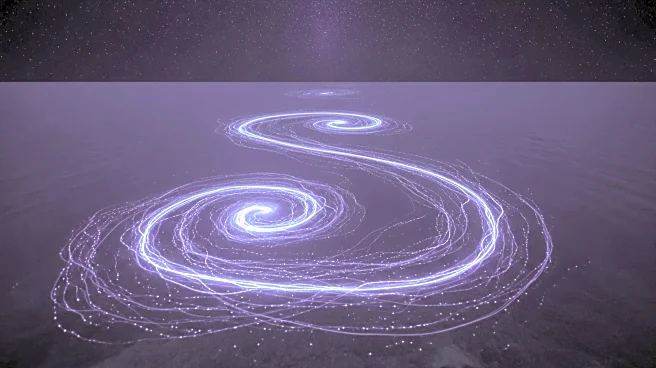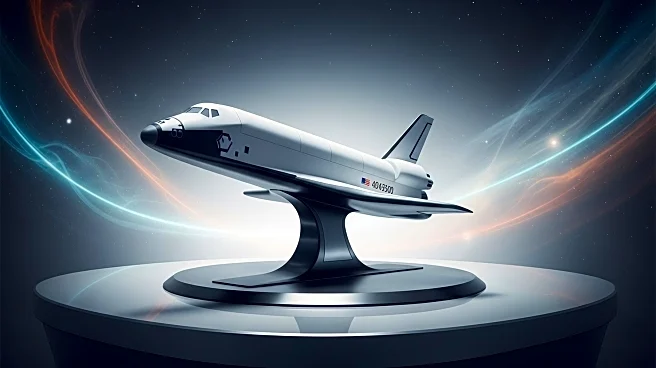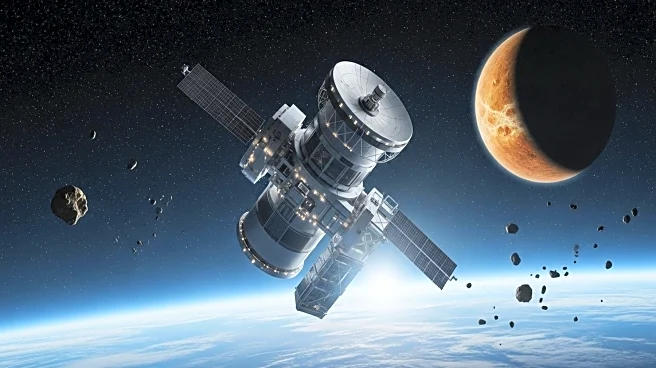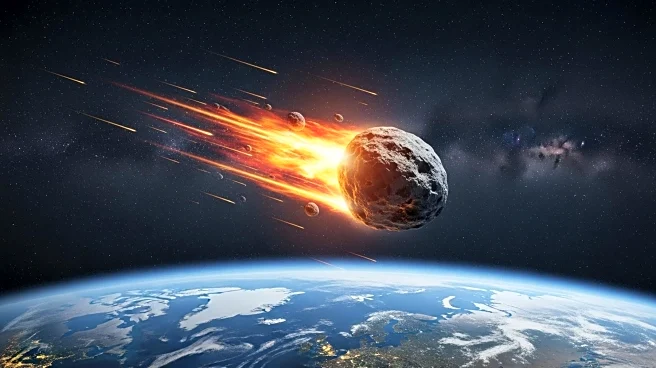What is the story about?
What's Happening?
Researchers have identified a unique set of tektites, or impact-formed glass, in South Australia, suggesting an ancient asteroid impact occurred approximately 11 million years ago. These tektites, characterized by their unusual chemistry and low water content, are distinct from other known deposits. The study, led by Anna Musolino from Aix-Marseille University, in collaboration with Curtin University and several French labs, utilized 40Ar/39Ar geochronology to date the glasses, pinpointing the event to around 10.76 million years ago. The findings indicate a separate impact from the well-known Australasian deposit, with the composition hinting at a volcanic arc target rather than typical continental crust.
Why It's Important?
The discovery of these tektites provides valuable insights into Earth's geological history and the frequency of large asteroid impacts. Understanding the timing and nature of such impacts is crucial for assessing future risks and enhancing planetary defense strategies. The unique chemistry of the tektites suggests a volcanic arc target, which could inform future searches for the impact site. This research adds to the limited number of known large tektite fields, highlighting the potential for undiscovered impact events that have shaped Earth's surface.
What's Next?
Researchers aim to locate the missing crater associated with the tektite field, which could provide further evidence of the impact's scale and nature. Field teams may explore regions near Luzon, Sulawesi, and the Bismarck area, identified as plausible sources based on isotope values. Continued study of the tektites' composition and distribution may reveal more about the impact's trajectory and the geological processes involved.
Beyond the Headlines
The study of tektites offers a unique archive of impact conditions, including temperature, chemistry, and the mixing ratio between projectile and target. This research underscores the importance of tektites in understanding Earth's impact history, particularly in regions where craters may not be preserved. The findings also highlight the potential for discovering new impact events that have left subtle geological signatures.
AI Generated Content
Do you find this article useful?
